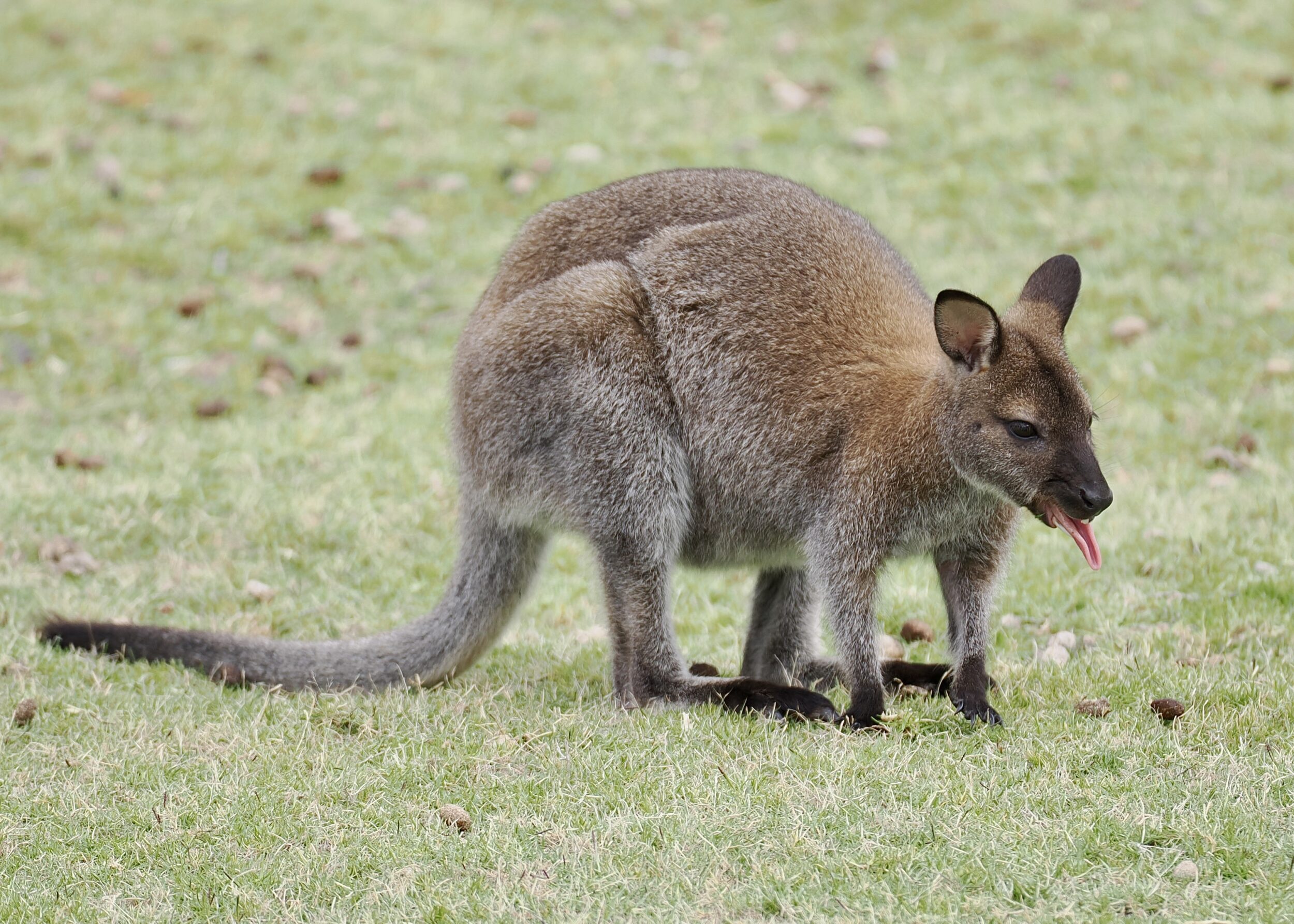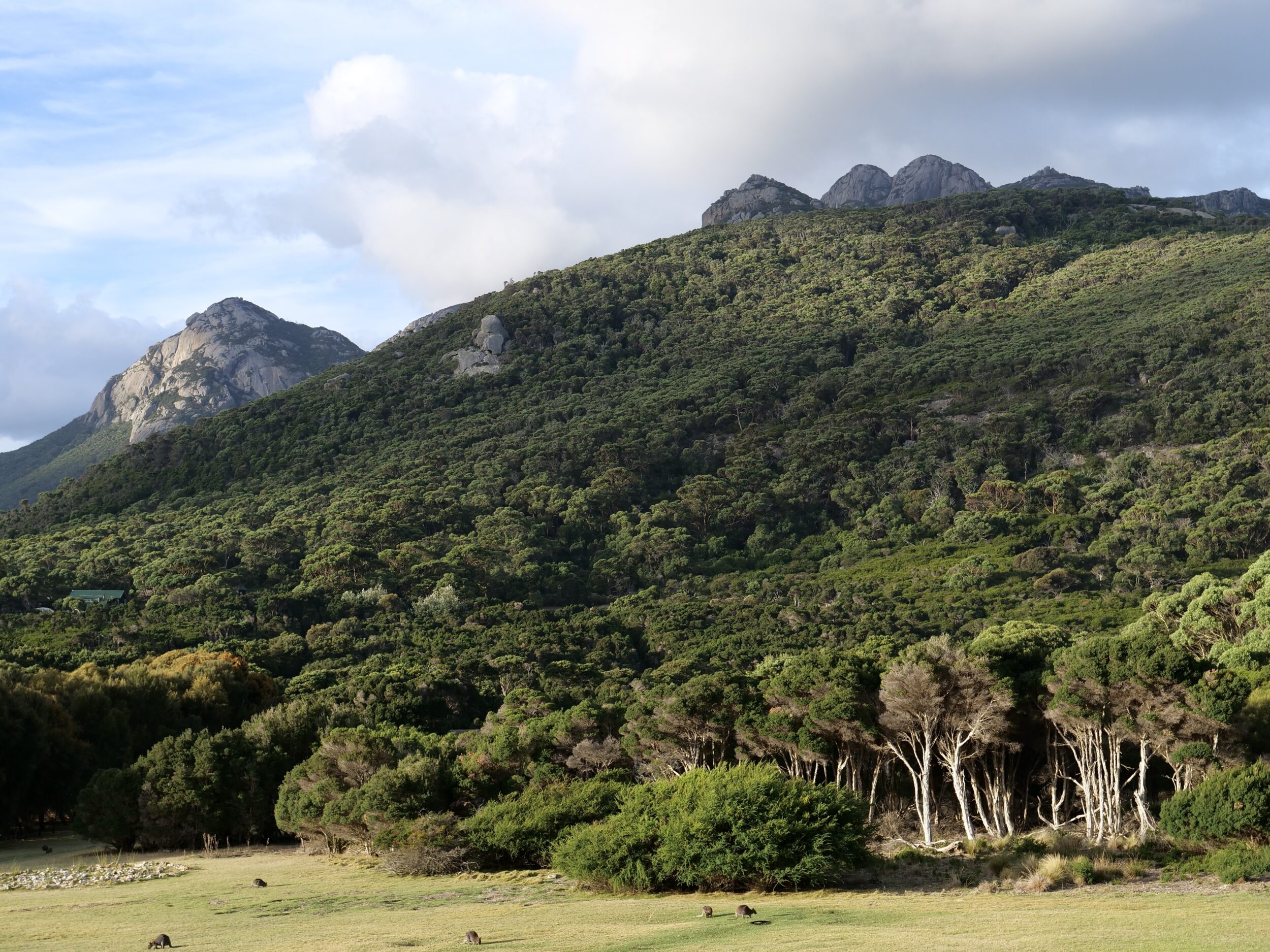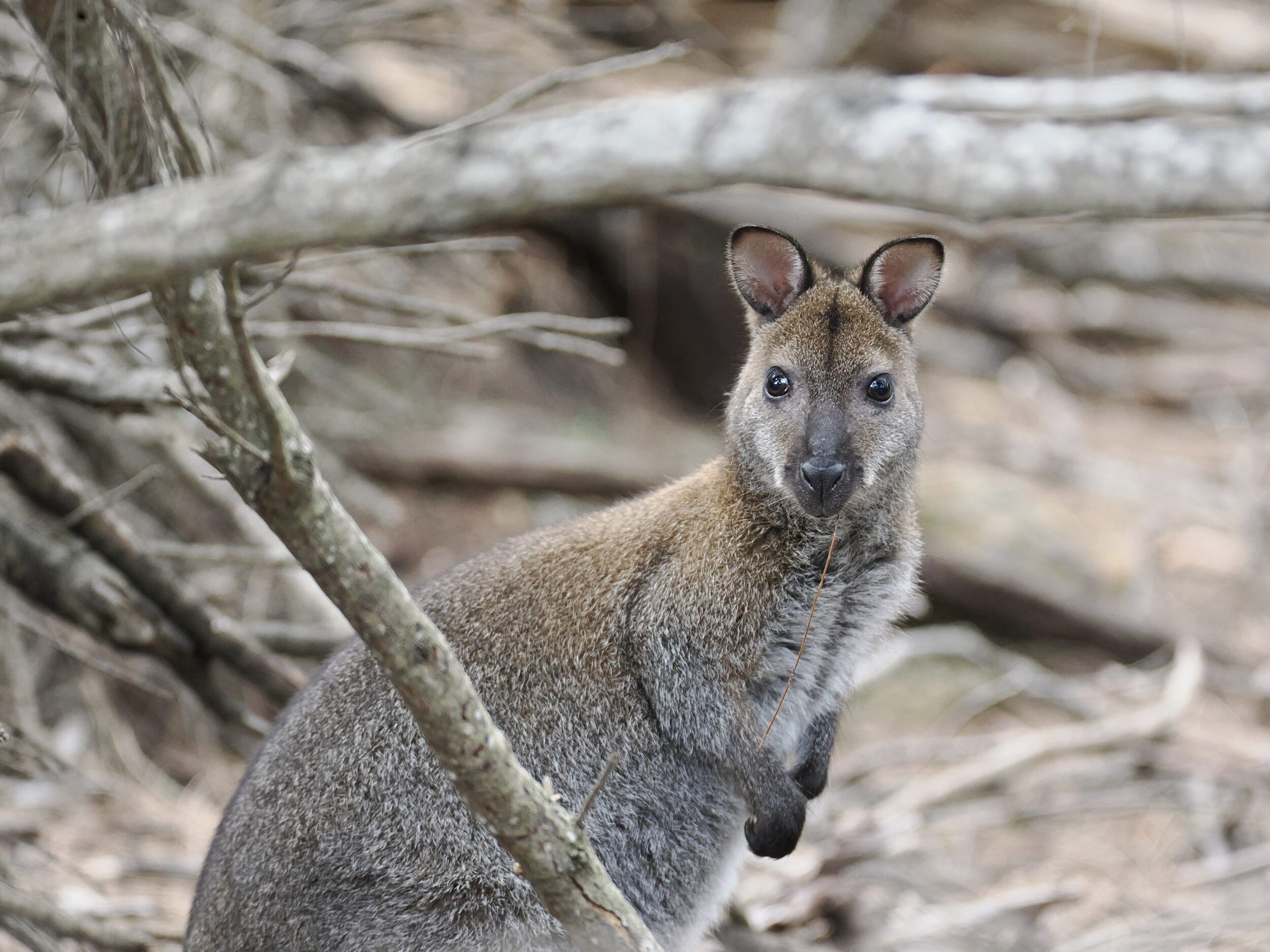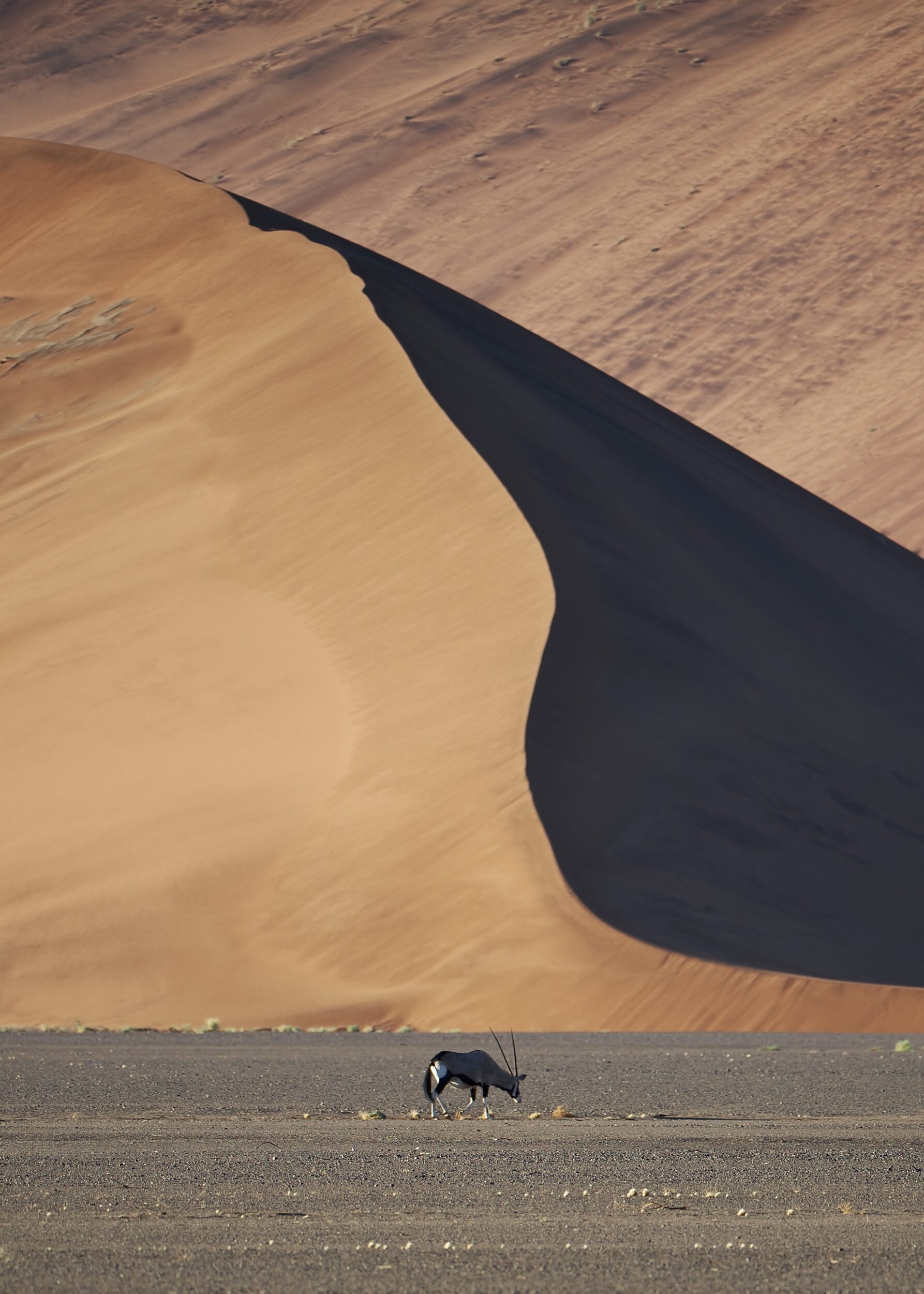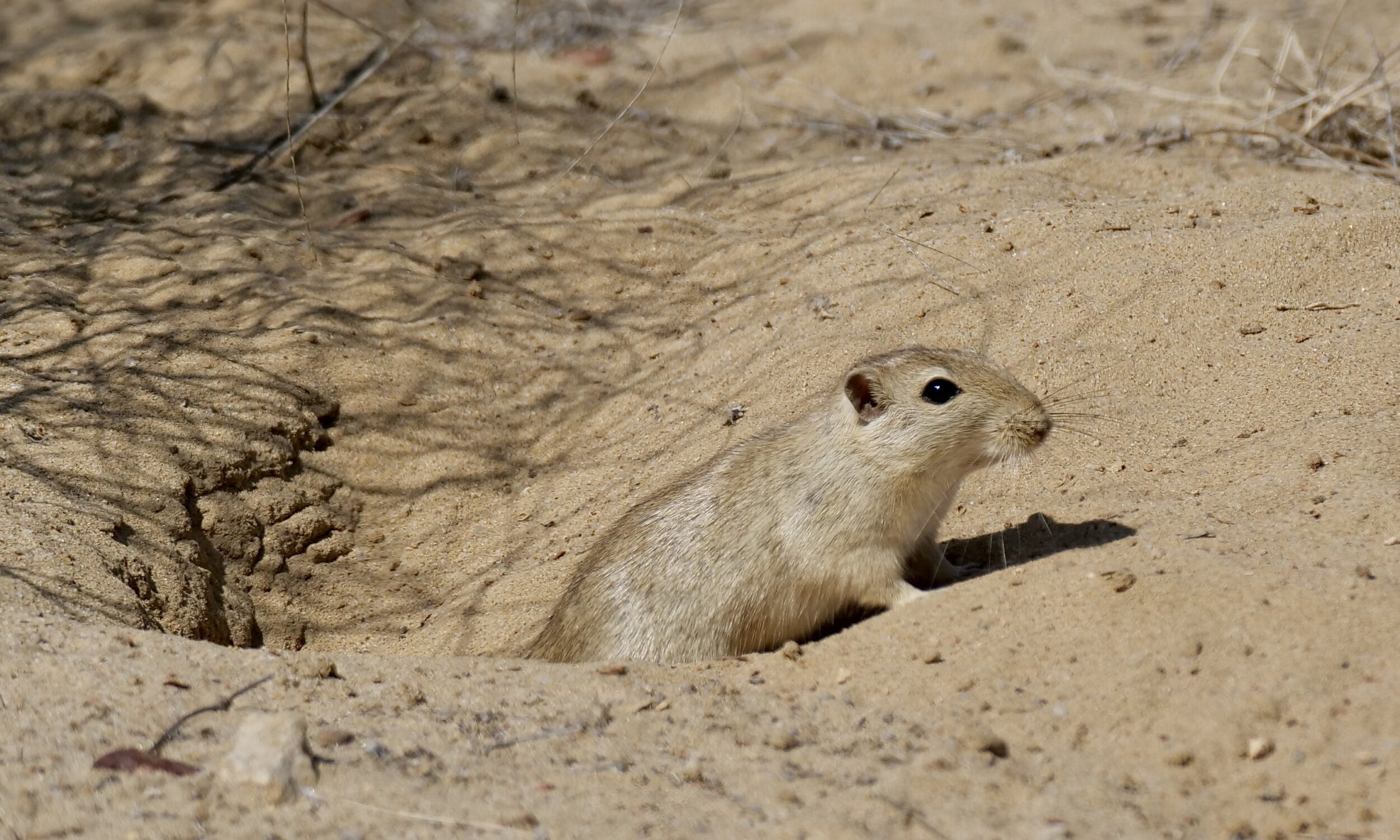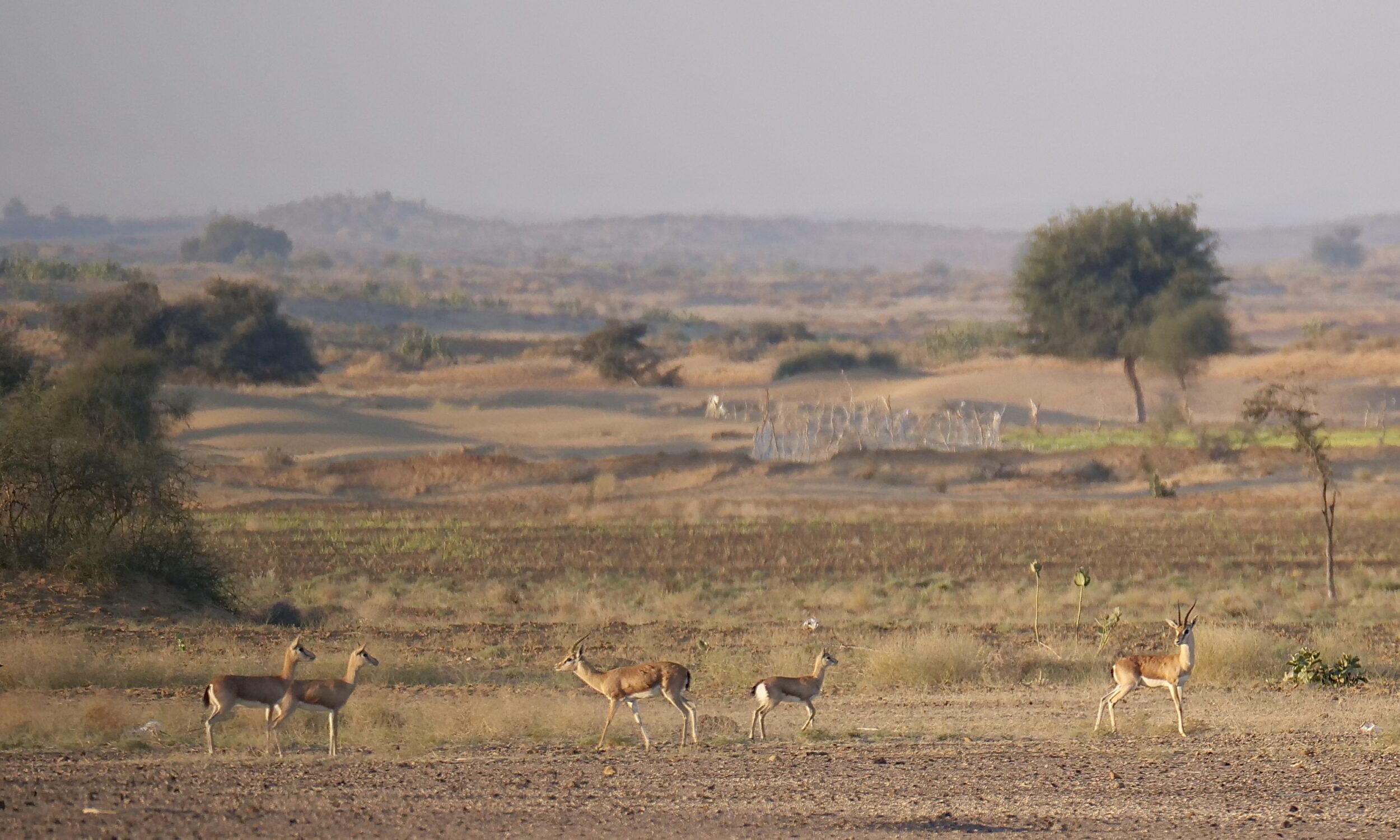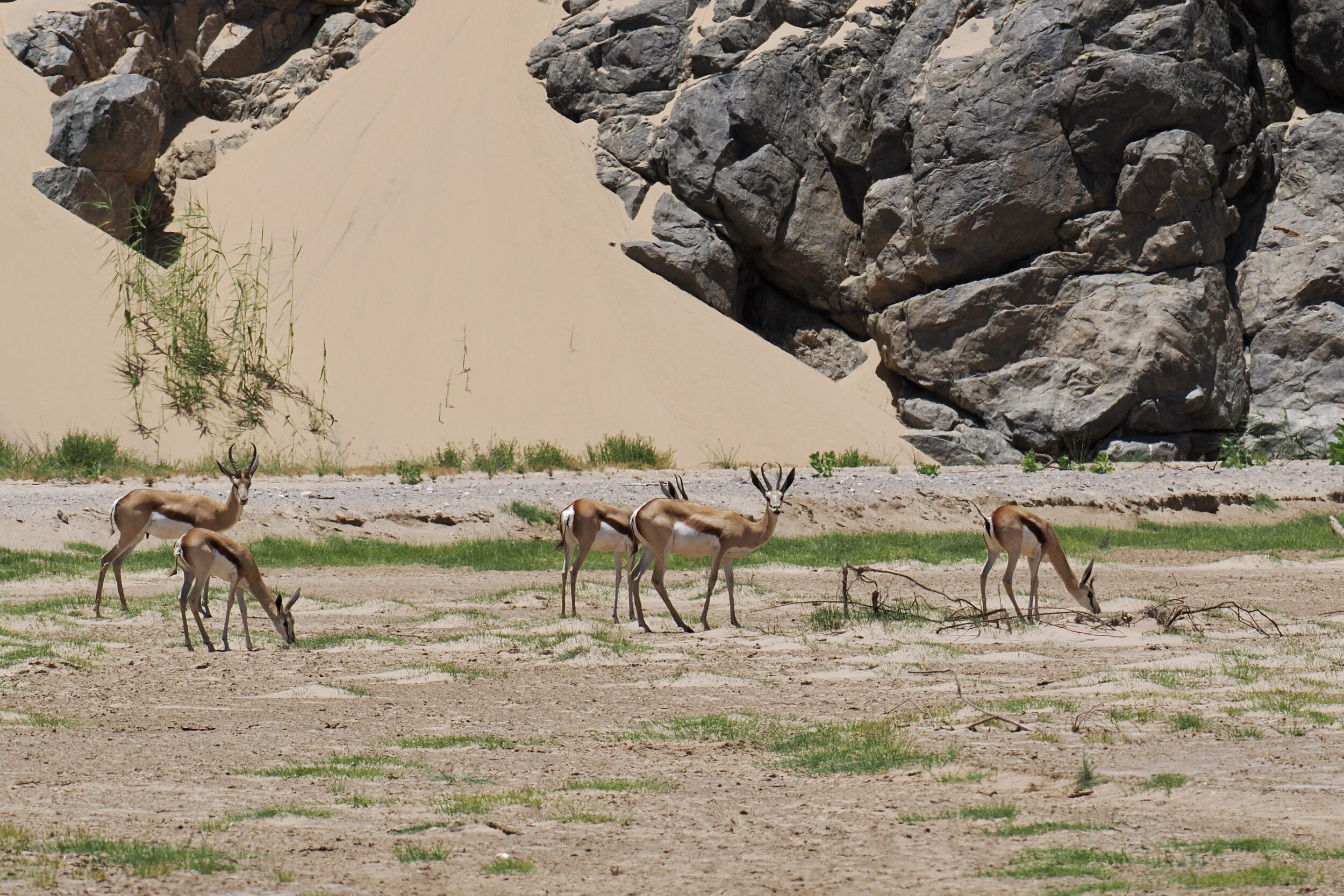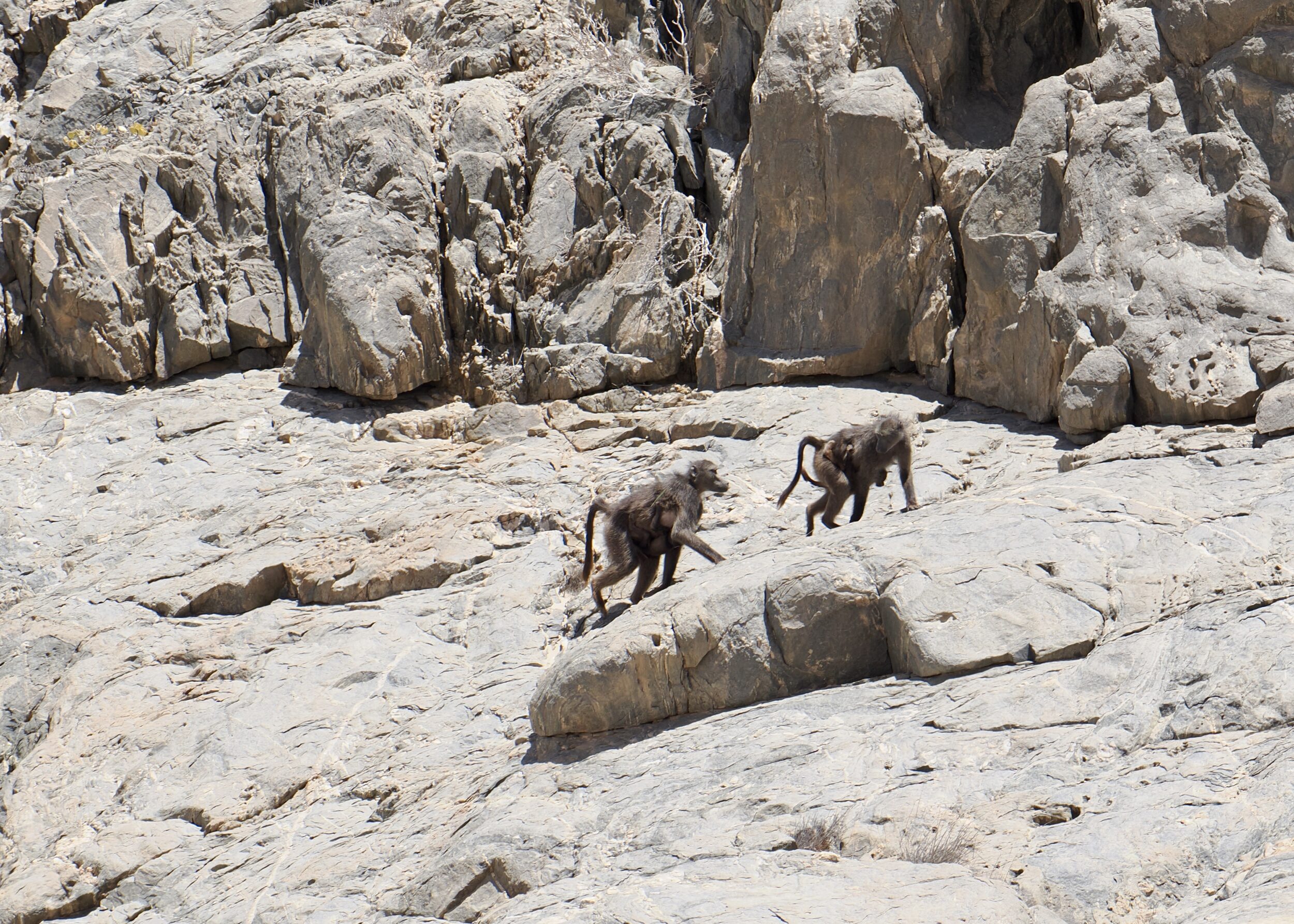Some animals’ tongues are much longer than most humans imagine!
In the late afternoon & early evening of 17 May 2025 many Bennett’s wallabies were grazing the grassy grounds of Mountain Seas Lodge.
They are a mostly-solitary species – a marked contrast to the highly-sociable ‘roos that have brightened so many of my days, across seven decades.
These Bennett’s wallabies were large in number, but definitely not a “herd”, nor an “extended family”.
The pictured individuals, like most of their fellows, were “solo diners”.
Leave a Comment